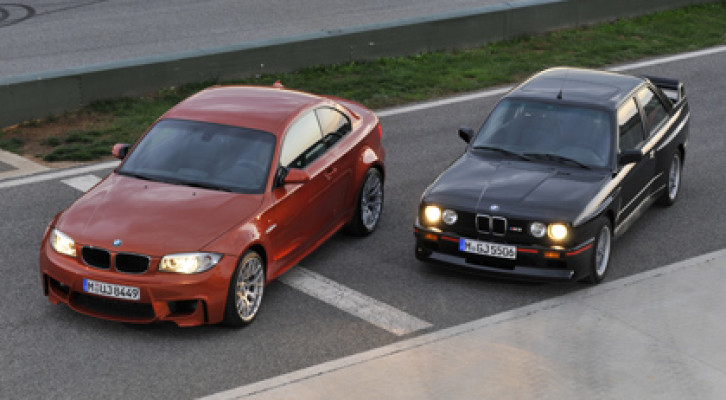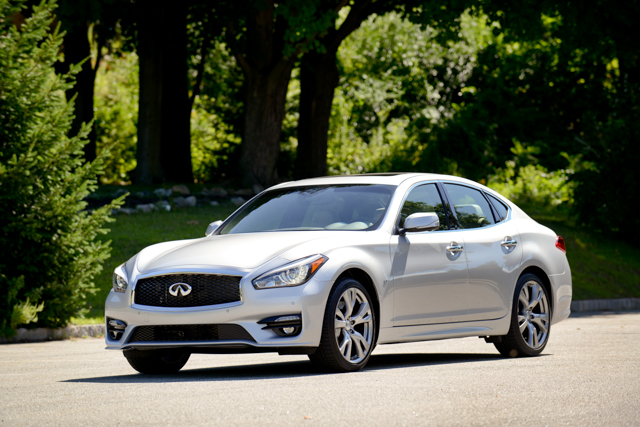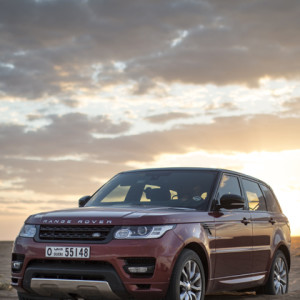The BMW M3 has been a perennial success story in the sports-car market. When BMW turned its motorsports experts loose on its already appealing 3-Series sedan, the results were stellar, and for twenty-eight years the M3 has arguably remained the state of the art in its class. With each successive generation, the competition gets better and the M3 continues to set the benchmark.
At least that’s what the BMW fanboys will say. But objectively, the M3 has always been a pretty impressive vehicle no matter where your brand loyalties lie. With a new M3 (and M4, now that BMW’s naming its coupes and sedans differently) on the way, let’s take a look at the ones that have gone before.
First-generation: The M3 debuted in 1986 as a road-going version of a Group A racer. Like many sports cars at the time, the M3 satisfied racing homologation rules that required a certain number of road cars to be produced for a vehicle’s racing eligibility. The 195-horsepower 2.3 liter four-cylinder under the M3’s hood found fans off the track as well as on, and sales handily exceeded the racing department’s requirements.
Second-generation: The success of the first M3 led naturally to another, and the second-generation debuted in 1992. This time, the M3 was designed solely as a road car, and was available as a coupe, convertible and sedan. A 3.0 liter straight six provided power, which was up to 286hp and boosted to 321 before the model run ended. In 1997 BMW introduced the Sequential Manual Gearbox with an automatic electro-hydraulic clutch, making it the first mass-produced car to feature a “manumatic” transmission.
Third-generation: The next M3 debuted in 2000, and continued to step away from the base 3-Series in terms of performance. Power from the 3.2 liter six climbed to 343 horsepower, and BMW added a limited-slip rear differential and paddle shifters, an innovation that quickly became an industry standard for dual-clutch transmissions. Racers were included in the M3’s plans once again with the M3 CSL of 2003, which featured lightening features like a carbon-fiber roof panel, lightweight glass and a stripped-down interior.
Fourth-generation: As the M3’s reputation grew, so did the list of challengers. Increased pressure from Audi, Mercedes and other players in the sport-coupe game led to the M3’s adopting its first V8 engine when the 2007 model debuted. The 420-horse V8 took the M3 to new levels of performance. Some of the lightening features from previous models were also incorporated into the standard M3, including the lightweight roof panel and aluminum power-dome hood. A new track-oriented limited edition,the M3 GTS, was also produced with a larger, 450-horsepower engine. Just 135 were built.





